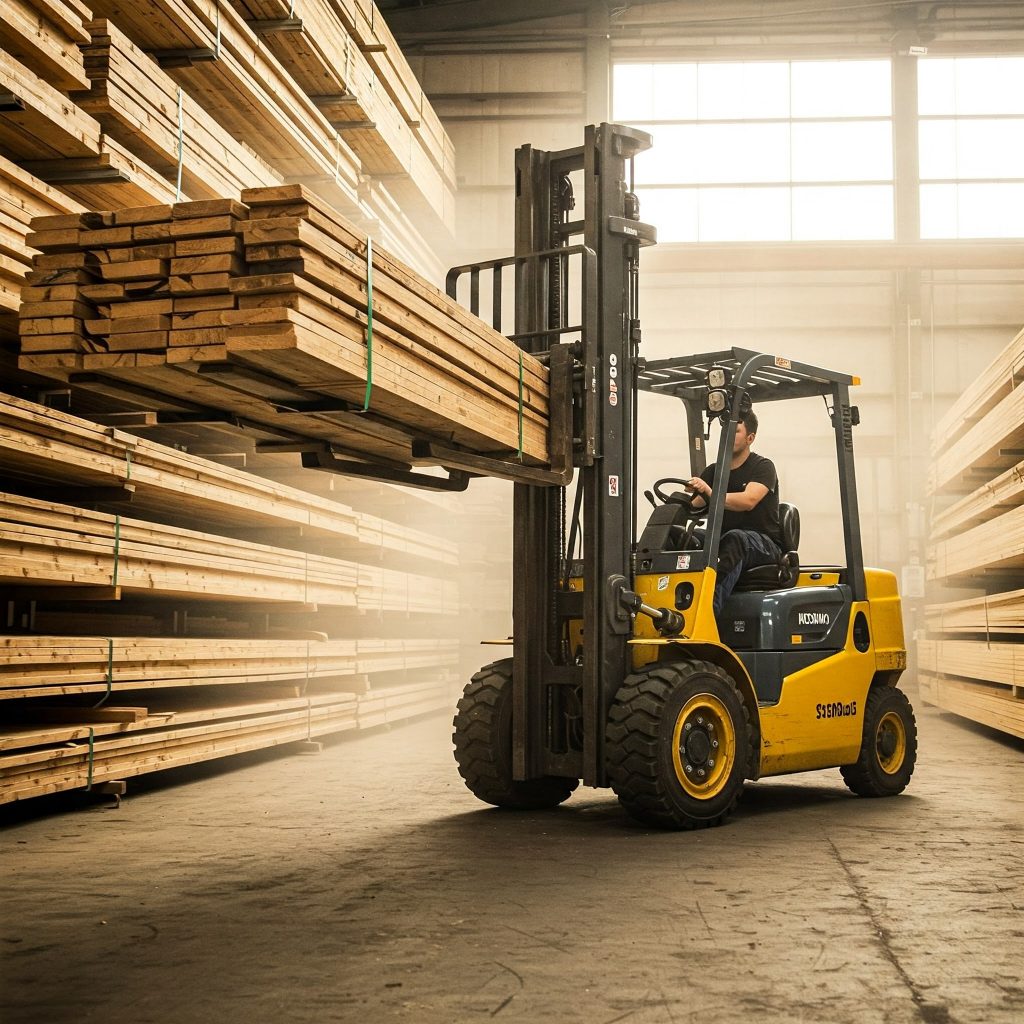
Hardwood and softwood are two broad categories of wood, each with its own characteristics and uses. Understanding the differences between them can help you choose the right material for your project.
What Is Hardwood?
Hardwood comes from deciduous trees (trees that lose their leaves annually). Examples include oak, maple, and walnut. Hardwoods are generally denser and more durable, making them ideal for furniture, flooring, and high-traffic areas. They also tend to have more complex grain patterns, adding to their aesthetic appeal.
What Is Softwood?
Softwood comes from coniferous trees (evergreens). Examples include pine, cedar, and spruce. Softwoods are lighter and easier to work with, making them suitable for framing, outdoor projects, and decorative items. They are also more affordable and readily available.
Key Differences
- Density: Hardwoods are denser and more durable.
- Cost: Softwoods are typically more affordable.
- Workability: Softwoods are easier to cut and shape.
- Appearance: Hardwoods often have richer colors and more intricate grain patterns.
When to Use Hardwood
Use hardwood for projects that require durability and a polished finish, such as furniture, cabinetry, and flooring. Hardwoods are also a great choice for items that will be heavily used or need to last for generations.
When to Use Softwood
Use softwood for structural projects, outdoor furniture, and items where cost and ease of use are priorities. Softwoods are also ideal for projects that will be painted or stained, as they absorb finishes well.
By understanding the strengths of each type, you can choose the right wood for your needs. Whether you’re building a sturdy table or a lightweight shelf, knowing the difference between hardwood and softwood will help you achieve the best results.

Leave a Reply